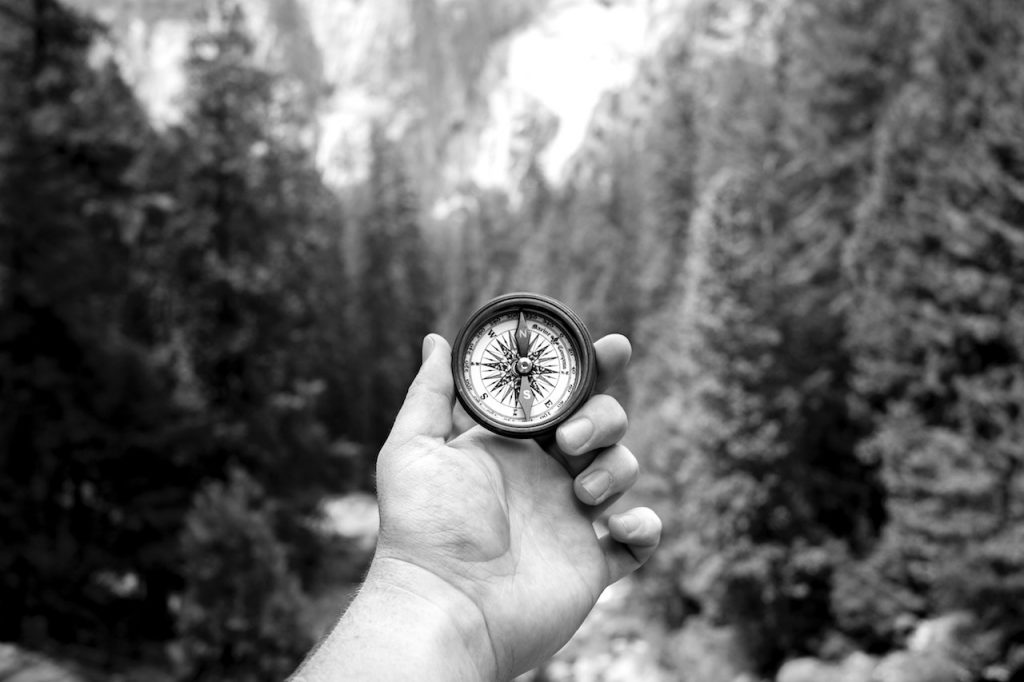Due to cultural and legislative differences, it is not an easy task to create global guidelines for journalists.
It is nevertheless worth noticing that consumers of media seek out information not only from national but also from international media. For this reason, there is a demand for internationally agreed guidelines.
The main values include truth, independence and harm minimisation.
There are existing global guidelines such as the aforementioned Paris Declaration of 1983, and also a nine-item ethical rulebook that has been compiled by an international journalist association, the International Federation of Journalists (IFJ). The latter in particular is quite broad as the rules are a compromise between journalist associations from around the world.
The main values include truth, independence and harm minimisation. For example, the first of the IFJ guidelines is: “Respect for truth and for the right of the public to truth is the first duty of the journalist”. Guideline number four states “the journalist shall use only fair methods to obtain news, photographs and documents”.
Questions immediately arise from the guidelines: How is truth defined? What about methods for obtaining information? Which of them are fair and which unfair?
To give more accurate guidelines, one must focus on the guidelines of a certain country. That is why this chapter offers a selection of basic principles most common in European countries. More accurate examples of guidelines used in this guidebook are mainly from the Finnish journalists’ guidelines. There are also examples from international, national and in-house guidelines. In the end, surprisingly, despite cultural and political differences, the rules from different counties have much in common.
In this guide, the ethical guidelines of a journalist have been grouped in the following manner:
- Acquiring information, publishing and correcting information
- The professional position of a journalist
- The rights of an interviewer and an interviewee
- Private and public.
Keep Reading:
Acquiring, publishing and correcting information; The rights and responsibilities of a photographer; Introduction to human rights
Go back to the beginning of this section.
This article was updated on January 9th 2020.




